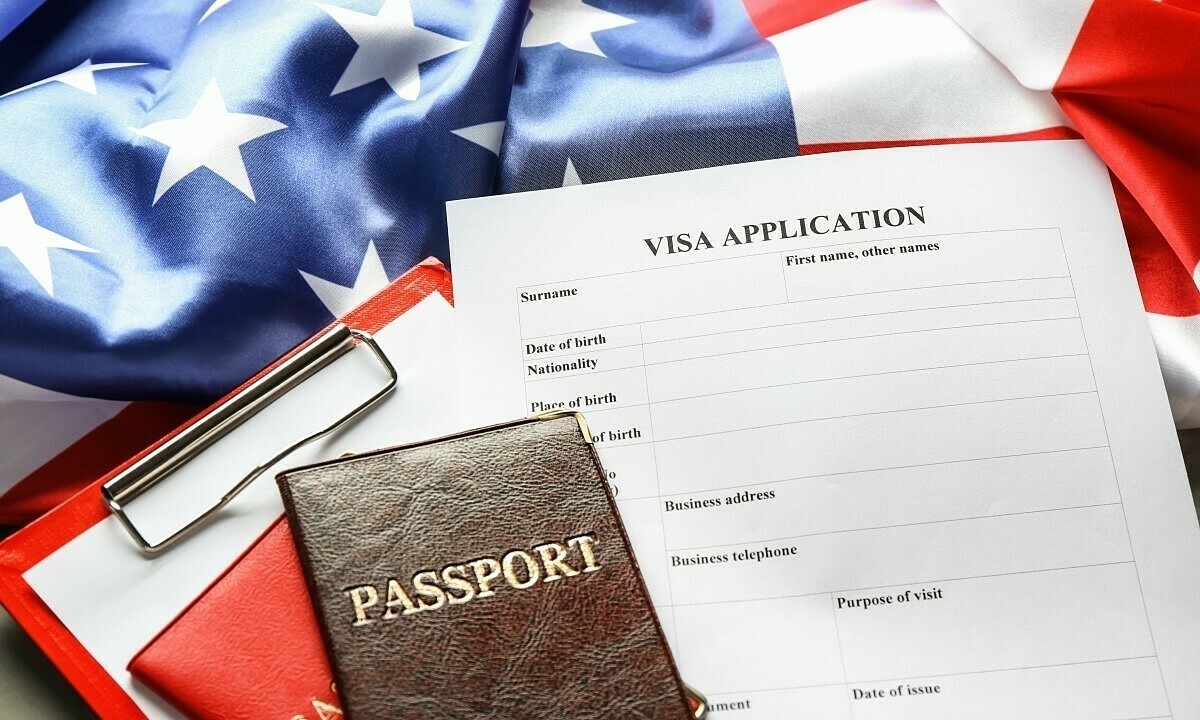The H-1B visa program has long been a cornerstone of the U.S. immigration system, providing a pathway for skilled foreign workers to fill specialty occupations in fields like technology, healthcare, and engineering. However, recent changes in immigration policies have brought new challenges and uncertainties for both employers and applicants. This article explores the impact of these policy shifts and their implications for the U.S. labor market.
Historical Background of H-1B Visas
The H-1B visa was introduced in 1990 under the Immigration Act to address labor shortages in specialized fields. Over the years, various legislative amendments have influenced the program’s structure, eligibility criteria, and application processes.
Key Legislative Changes
- 1990 Immigration Act: Creation of the H-1B visa program.
- American Competitiveness in the Twenty-First Century Act (AC21) – 2000: Increased the annual cap.
- Trump Administration Reforms (2017-2020): Increased scrutiny and denial rates.
- Biden Administration Adjustments: Efforts to streamline processes and reduce processing times.
Significance of the H-1B Visa Program
The H-1B program plays a critical role in sustaining America’s innovative edge by addressing skills gaps in STEM fields.
- Tech Sector: Over 70% of H-1B visas go to tech professionals.
- Healthcare: Essential for meeting physician and nurse shortages.
- Engineering: Crucial for infrastructure and development projects.
Recent Changes in U.S. Immigration Policies
Recent policy shifts have significantly impacted the H-1B visa process.
- Increased Scrutiny: Stricter adjudication under the ‘Buy American, Hire American’ executive order.
- Wage-Based Selection: Prioritizing higher-paid positions.
- Processing Delays: Pandemic-related backlogs.

Effects on Specialty Occupations
Information Technology (IT)
The IT industry, a primary beneficiary of the H-1B program, has faced challenges in sourcing skilled talent due to increased denial rates.
Healthcare
The healthcare sector’s dependence on international medical graduates has grown, particularly during the COVID-19 pandemic.
Engineering
Delays in visa issuance have hindered major infrastructure projects.
Challenges Faced by Employers
U.S. companies report difficulties in hiring skilled professionals due to policy inconsistencies and increased documentation requirements.
- Increased Costs: Higher legal and application fees.
- Longer Processing Times: Project delays due to prolonged adjudication.
Impact on H-1B Workers
H-1B workers experience considerable uncertainty regarding job security and immigration status.
- Emotional Stress: Fear of visa denial or job loss.
- Career Limitations: Difficulty in obtaining promotions or changing jobs.
Economic Impacts of Policy Changes
Innovation and Growth
Visa restrictions have been linked to a slowdown in tech innovation, with companies relocating operations abroad.
Global Competitiveness
The U.S. risks losing its status as a talent magnet as other countries simplify their skilled immigration pathways.
The Role of Tech Companies
Tech giants like Google, Microsoft, and Apple continue advocating for increased H-1B visa caps to sustain innovation.
- Public Advocacy: Lobbying for more flexible immigration laws.
- Global Expansion: Establishing overseas offices to access foreign talent.
Political and Public Perceptions
The H-1B visa program often sparks debates around employment opportunities for U.S. citizens.
- Misconceptions: Overestimating the program’s impact on domestic job markets.
- Political Polarization: Shifts in policy based on election outcomes.
Global Talent Mobility Trends
Countries like Canada and Australia have implemented more straightforward immigration policies, attracting talent traditionally bound for the U.S.
- Canada: Global Talent Stream and PR pathways.
- Australia: Priority Migration Skilled Occupation List.
Potential Future Changes
Legislative proposals aim to reform the H-1B visa process to ensure fairness and efficiency.
- Proposed Cap Adjustments: Increasing annual visa numbers.
- Enhanced Wage Requirements: Continuing the wage-based selection model.
Recommendations for Stakeholders
- Employers: Stay updated on policy changes and engage with legal experts.
- Applicants: Prepare comprehensive documentation and seek reputable immigration advice.
- Policymakers: Balance labor market needs with domestic employment concerns.
Conclusion
The evolving landscape of U.S. immigration policies presents both challenges and opportunities for H-1B specialty occupations. While policy shifts have created hurdles, the program remains a vital tool for addressing critical skills shortages and driving innovation. Proactive policy adjustments can ensure the U.S. retains its competitive edge in the global talent race.


